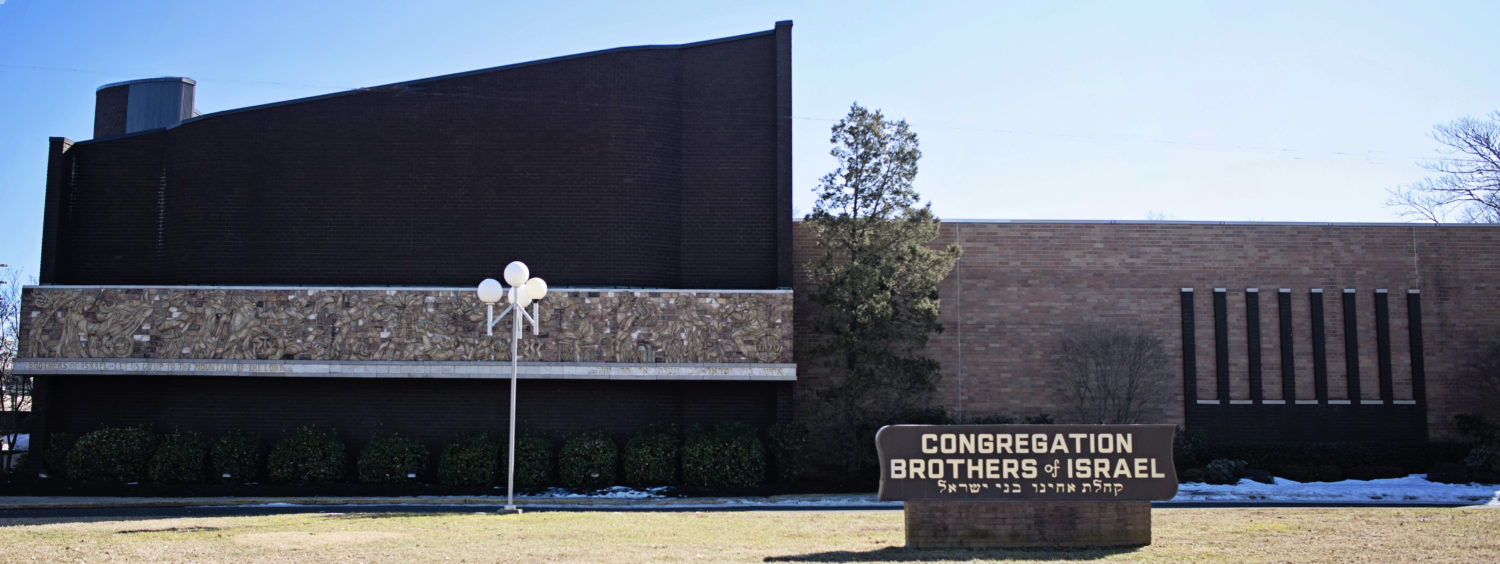Yekum Purkan
Adapted from Rabbi Braun’s sermon in 5769
On Shabbat Chol Hamoed Pesach Avi came over to me and wanted to know why we say two Yekum Purkan paragraphs after we read the haftarah if they are the same. Maybe the concern for length of service time is genetic or maybe he was simply curious about the prayers that we say and why we would recite one twice.
I told him that they were similar but not identical and then it hit me. I have been saying these paragraphs for many years, week in and week out and while at least I knew what the words meant and that the 2 paragraphs were different (the first is a general prayer for Torah scholars and sages, the second for the communities) – I had never really stopped to think about where they come from and why they are even said in the first place.
We rarely take the time to look at the siddur with a child’s curiosity and that of course is a shame.
Inspired I set out to figure it all out. Who wrote it? When was it written? Why was it written? Why is it placed where it is in the siddur? And why do we say it on Shabbat but not on Yom tov?
Although it is not recorded in the siddurim of the Geonim that we have it is clear that it was written in Bavel, modern day Iraq, at some point after the close of the Talmud, as there is no reference to it in the Talmud. That puts it in the 8th -10th century.
That can be seen very clearly from 3 items:
- It is written in Aramaic, the vernacular in Bavel at the time.
- All of the people that we daven for READ INSIDE are positions held in the yeshivot in Bavel.
- By the early medieval period, the Rishonim were already familiar with it and made reference to it in their Halachik works indicating that it had already been around for a while.
A fascinating exercise which I will leave for the moment would be to go through the various versions of the prayer in the Rishomin, in the siddur of Rashi and his students in France, as quoted by the Mordechai in the 12th century in Germany and compare and contrast those versions.
The first time that we have a recording of the 2 paragraphs as we say them today is in the machzor for the community of Worms in the year 1190, which is pretty old for this type of prayer.
That is pretty much where the trail ends. Some note that we say it on Shabbat and not on Yom Tov but I could not find any discussion as to why it was instituted? What pushed someone to write it and what about it appealed to the people and convinced them to accept it?
That is an especially good question because we generally don’t make requests on Shabbat and certainly not those which are not part of our set Teffilot from very early on. In fact, R. Judah ben Barzillai of Barcelona who flourished at the close of the eleventh and the beginning of the twelfth centuries writes in his Sefer Ha’itim that had this prayer not been so widely accepted he would have argued against its inclusion as we do not make requests on Shabbat.
As to the placement in the siddur and the fact that it’s Shabbat only I have guesses but nothing concrete or sourced in writing.
Maybe it is related to the fact that on Yom Tov we have two other request slots, one after we recite the Hashem Hashem and one during Duchaning.
As to its placement – this probably is the only place. No one was there at the beginning and once you start Baruch She’amar there is no time that you may talk until after the repetition of the Amidah, Yes I know that is a shock to some. Not everyone is there before layning and once Mussaf is over the show is done, they did not have the singing and announcements at the end which leaves only between layning and mussaf.
I want to leave you with one more insight, this one provided by R. Aharon ben R. Jacob ha-Cohen of Narbonne, France who lived in the thirteenth and fourteenth centuries in his book the Kolbo. There he writes that after the Berachot of the Haftarah some have the custom to say Mi Sheberach (the paragraph after Yekum Purkan) and in some places they say a blessing for the king and for the community.
Yekum Purkan is the precedent for all of the prayers that we insert, for the government, Israel soldiers etc. They are all similar in form to Yekum Purkan and are thus placed together in the siddur. Yekum Purkan was the first!
That same point is subtly and concisely made by Rabbi Jonathan Sacks in his commentary to the new Koren siddur where his introduction to Yekum Purkan states:
“A series of seven prayers for Jewish communities throughout the world, the societies in which, and the governments under which, they live. Dating from different times and places they reflect the diversity of Jewish life from ancient times to today.
While I did not find all the answers I was looking for – the attempt was worthwhile and I hope that it might inspire us to look at the Siddur more closely and try to understand all of our prayers just a little bit better.


